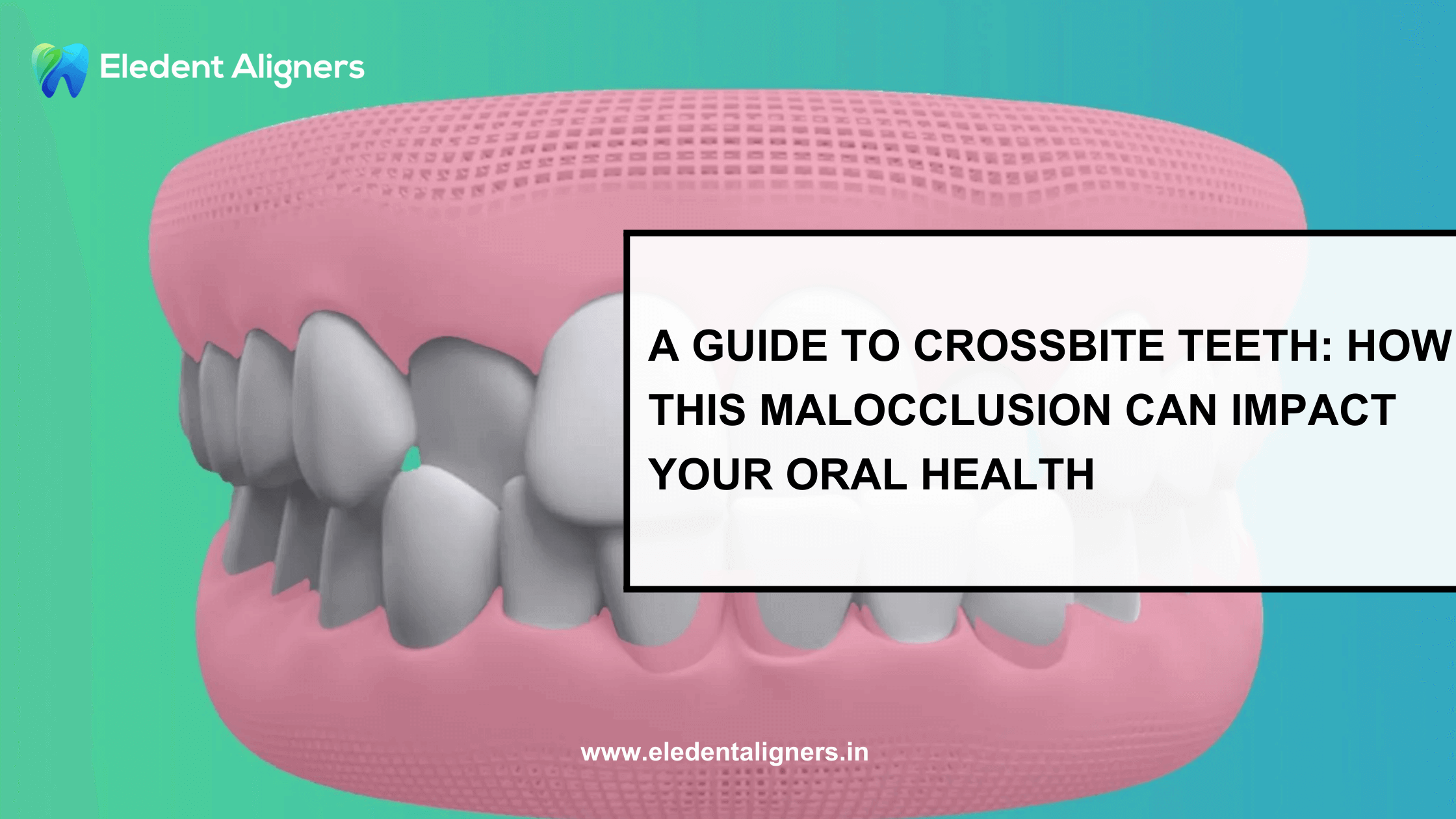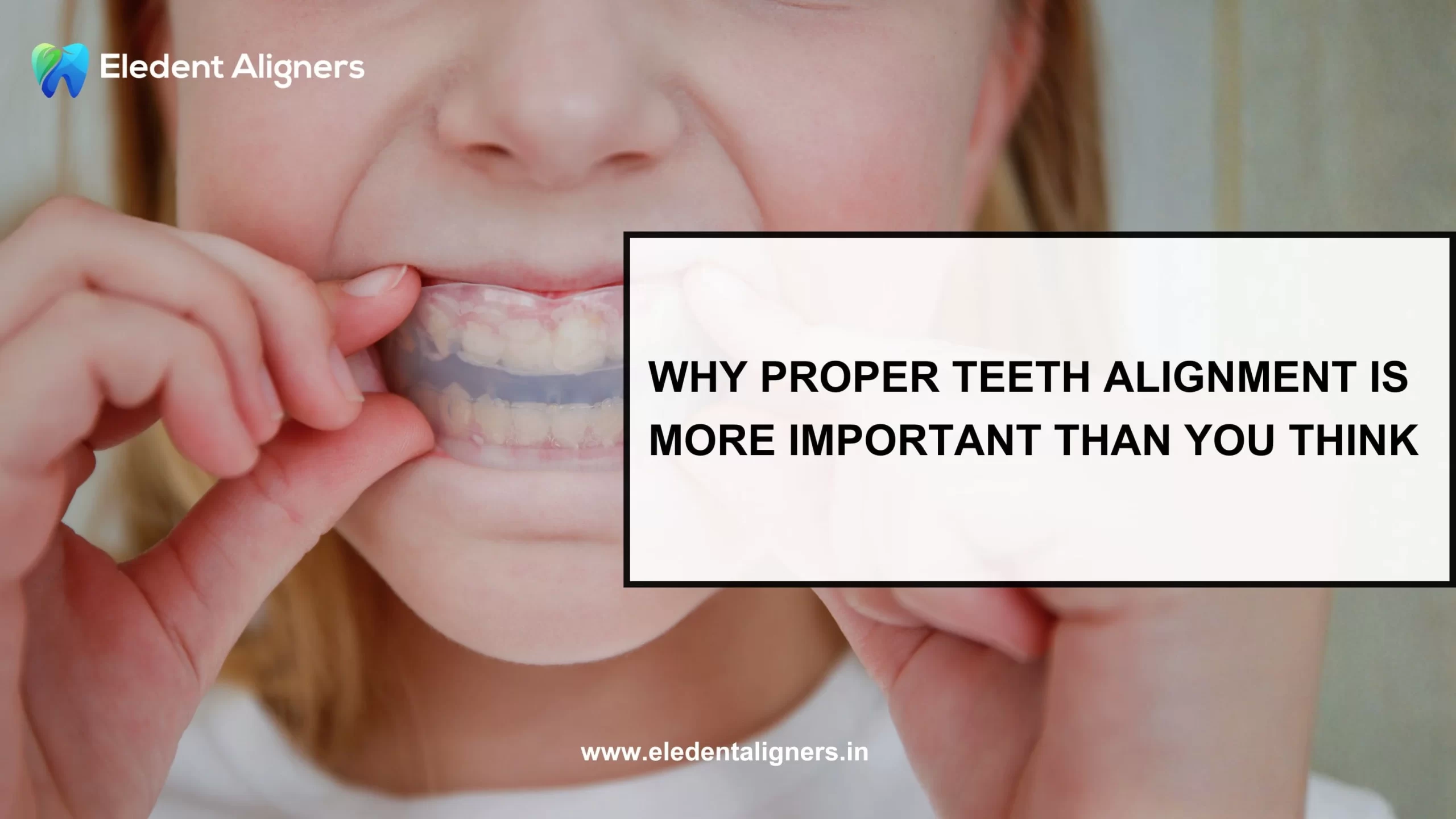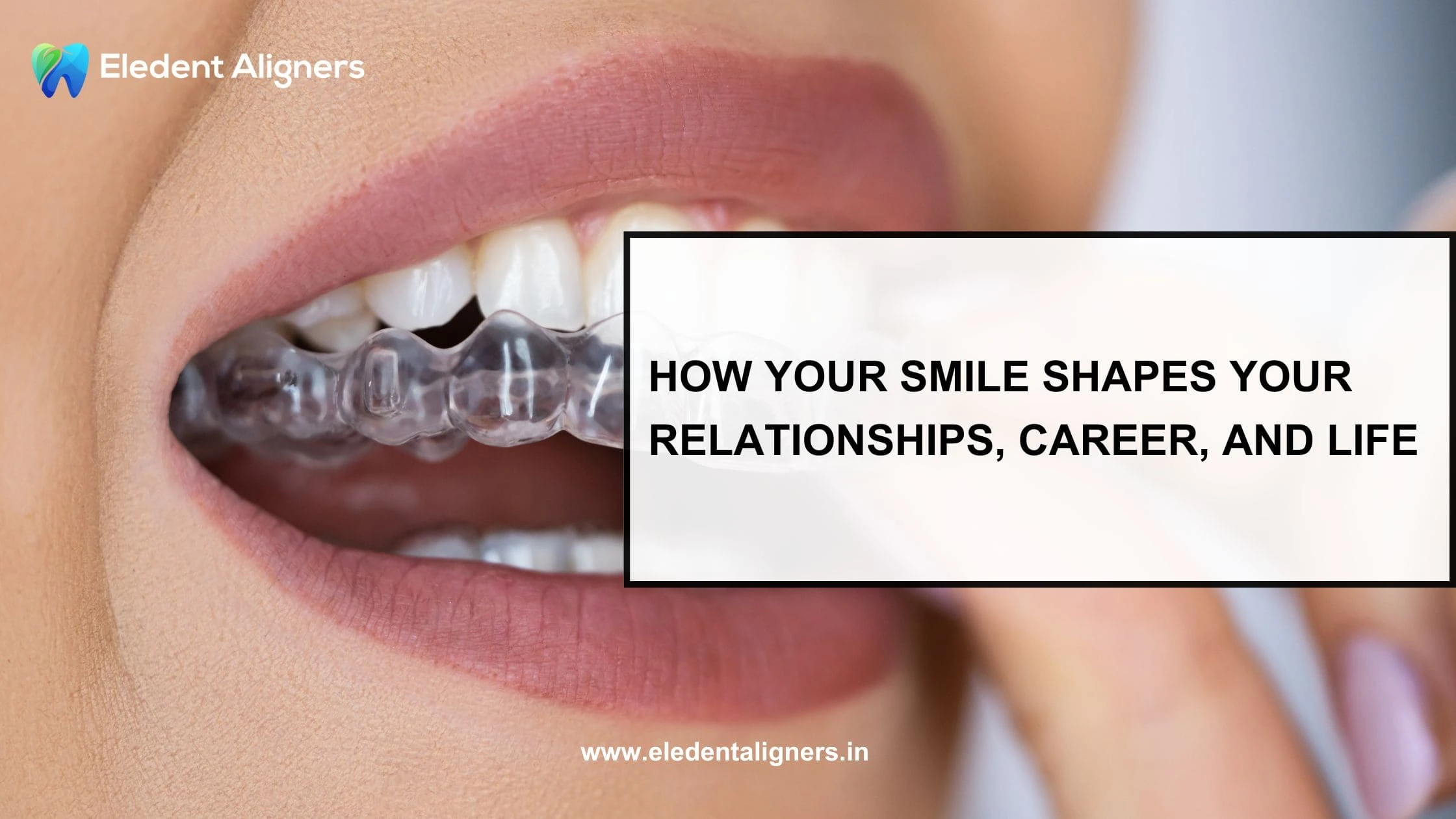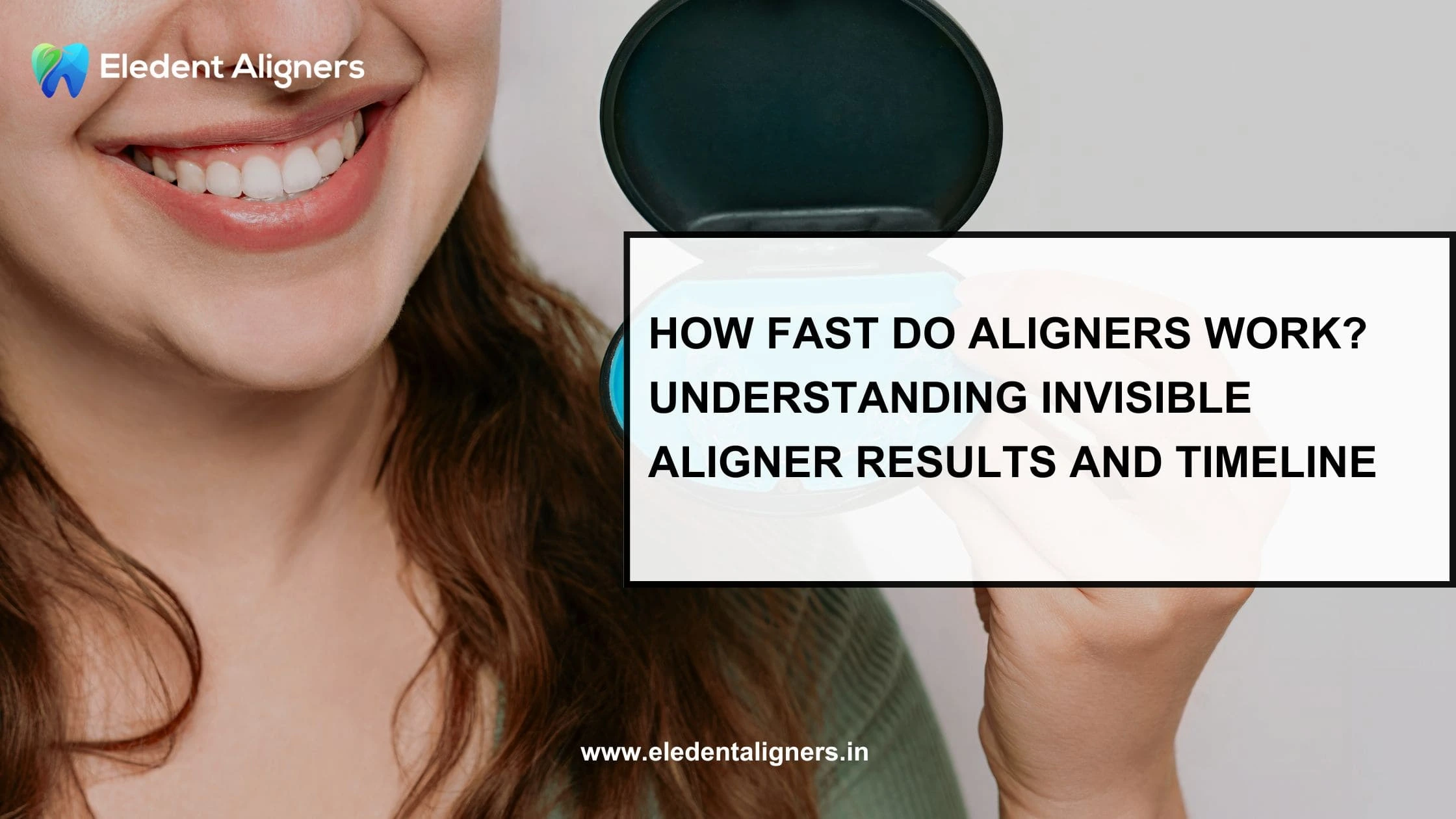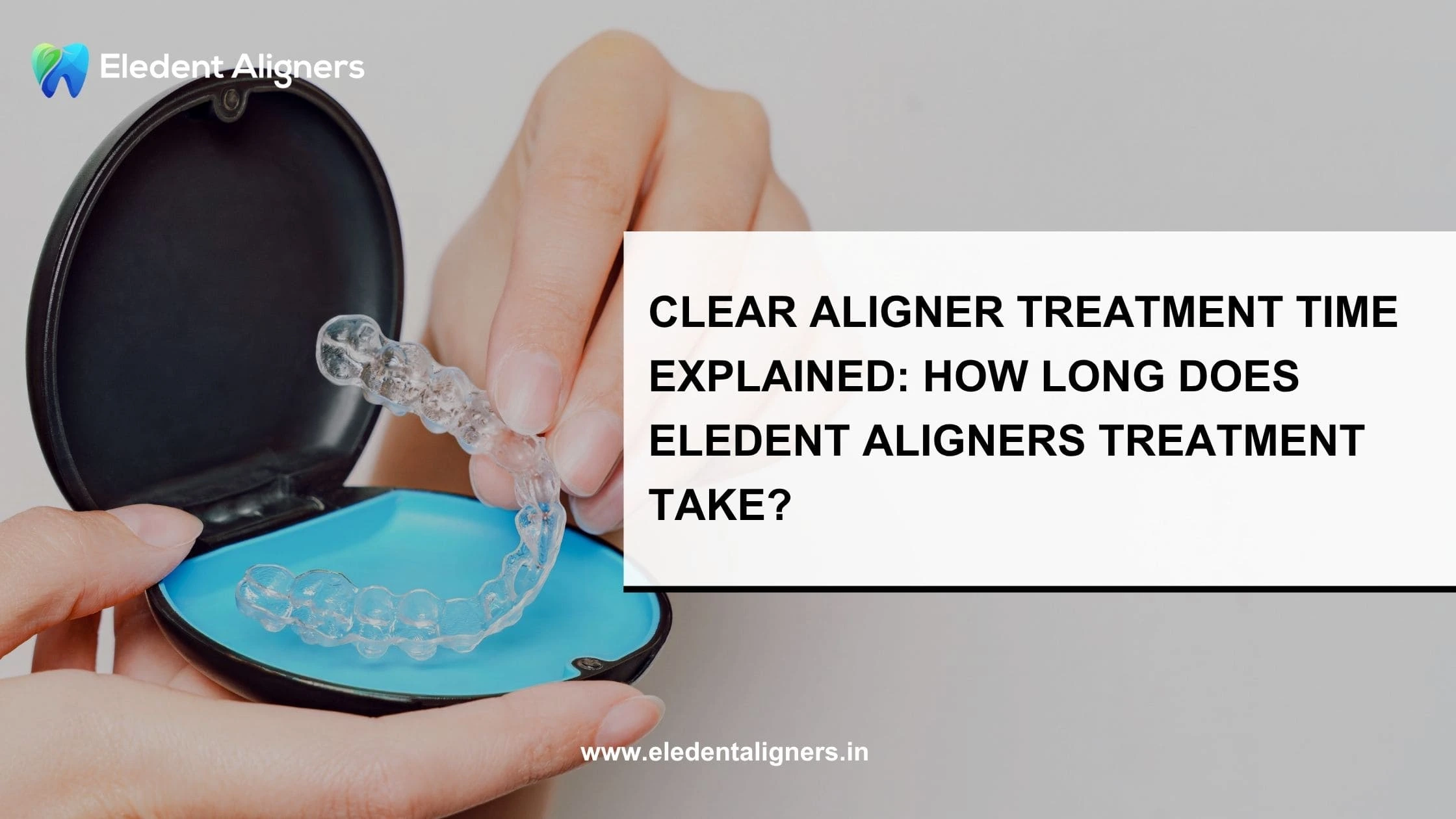What Makes a Bite “Cross”?
You’re probably wondering, what exactly is a crossbite? In simple terms, it’s the case that your upper teeth are placed in the lower ones instead of in a slightly outside position, similar to regular teeth. If you’re suffering from a crossbite, one or a few teeth get out of alignment, leading to problems each time your mouth closes or opens. The term “crossbite” can be pretty obvious. Think of one front tooth in the row below. Sometimes, however, it’s more delicate, appearing on the back teeth or only on one side. The most frequent types are- Anterior crossbite: The upper teeth sit behind the lower ones.
- Posterior crossbite: The front teeth are inside instead of outside in the lower row.
- Single-tooth crossbite: Just one tooth is in the wrong spot, in front or back.
- Segmental crossbite: A condition affecting a group of teeth, usually both the front and the back.
Why Should You Be Concerned About Crossbite?
The crossbite problem isn’t just an odd bite. It’s a problem when the teeth cease to line up together:- Chewing gets hard: it is possible to chew harder in one direction or grind your teeth, or you may even choose to avoid certain food items.
- Jaw pain is regular: the jaw must shift or compensate for this, which may stress joints and muscles.
- As wear and tear rises, so do the costs:Inconsistent pressure damages the teeth of some more than others, resulting in cracks, chips, or chipping.
- Gum health drops: The teeth that are crooked trap food and bacteria, which makes cleaning complex and gum diseases more likely.
- Speech may suffer:Certain sounds can be complex to pronounce if your teeth aren’t quite in alignment.
What Causes Crossbite in Teeth?
There is a tendency to think, “Why me?” The truth is that crossbite is typically a collaboration of genes, routines, and luck.- Genetics can play an important role: if parents are misaligned, children will be more likely to be influenced by them.
- The loss of teeth that occurs during birth:Baby teeth can hang around for too long; they prevent permanent teeth from locating their spot.
- Missing or extra teeth: The result is that gaps are left and can cause teeth to be pushed in the wrong direction.
- The mouth-breathing process and the habits:The long-term use of thumb sucking, the pacifier, or tongue thrusts may all influence how your teeth rest.
- Jaw misalignment: In some cases, the lower and upper jaws develop at different speeds.
- It is not always possible to prevent every issue. However, early examinations by dentists could make all the difference.
How to Spot Crossbite Early
The earlier you catch crossbite teeth, the better. It makes the treatment less complicated and invasive. However, how can you detect the problem? The following are the signs to be on the lookout for:- Teeth that appear to be bent or tilted towards the back.
- The jaw moves to the left or right upon closure.
- The tongue or cheeks can be bitten when eating.
- A sloping jawline or facial appearance.
- It is difficult to chew or make certain noises.
- Check with your patients to see if they are experiencing clicking, popping, or discomfort in the jaw.
- Self-checks are a good idea: ask patients to close and open their mouths as they look in the mirror. If the teeth aren’t aligned and you’re looking for more of a thorough examination.
Why Early Crossbite Treatment Matters
This is why you should not wait:- Prevents major dental work: If you act early, you’ll be able to prevent extractions or surgery.
- Helps to promote healthy jaw development: In the case of children, helping to guide the jaw in its place will be much less complicated than repairing it in the future.
- It reduces discomfort and pain: Fewer muscle and jaw pain problems mean that you’ll be a more satisfied patient.
- Improves long-term oral health: Correct bites aid in eating and cleaning, as well as avoiding the possibility of damage to your teeth.
Crossbite Treatment: What Really Works?
The corrective for crossbite isn’t universally applicable. What the “best” fix is depends on the severity of the problem, age, the number of teeth affected, and how bad the condition is.For Children
- Palatal expanders: They gently open the upper jaw and help teeth to be more symmetrical when they expand.
- Braces: Position teeth to the correct positions over time and guide bone growth, especially if you’re starting young.
For Teens and Adults
- Braces are still effective even when growth is finished.
- Clear aligners: Personalized trays that slowly guide teeth to their proper positions and are particularly sought-after because they’re virtually transparent, easy to remove, and very comfortable.
- Surgery correction: Serious, complex conditions may need jaw surgery. But it is not common for a crossbite to be detected at an early stage.
Day-to-Day Tips for Crossbite Patients
What should you instruct your patients to do when treating a crossbite? Simple:- Make sure you floss and brush your teeth properly. Teeth that are crowding require more patience.
- Follow the instructions for your appliance. Failure to follow the instructions can cause problems.
- Do not eat chewy food when using appliances in order to prevent the risk of damage.
- Inform your dentist of jaw pains or unusual clicks immediately.
- Check-ups should be scheduled as needed to stay on the right track.
Crossbite Is More Common Than You Think
Some people think that the condition is uncommon, but around 20%-30% of orthodontic patients are affected in one way or another. A majority of cases can be fixed each year at the same clinics as yours. The results are generally excellent, especially when early detection is made and you are well-advised to respect the rules of compliance.FAQs About Crossbite
- 1. Will crossbite be corrected when you are patient?
- No. In fact, ignoring this can give teeth time to move into inappropriate areas.
- 2. Does treatment work better for children or for adults?
- It’s simpler for children; however, adults and teens can achieve great results using aligners or braces.
- 3. How long should crossbite correction take?
- It depends on the complexity. Simple situations can be resolved within months, while more complex cases could take a whole year to resolve.
- 4. What happens when you ignore crossbite?
- Problems with chewing and pain or speaking problems and unbalanced wear could all add up over time.
- 5. Are aligners that are clear suitable for crossbite?
- In particular, when it comes to mild or moderate cases, aligners can provide the flexibility and comfort you need, as well as the results you want.

